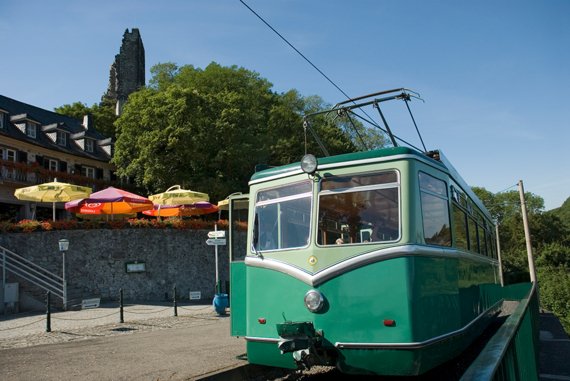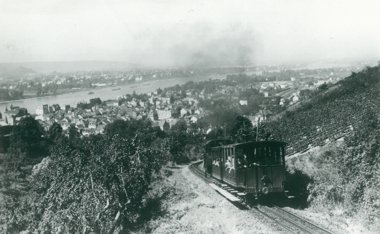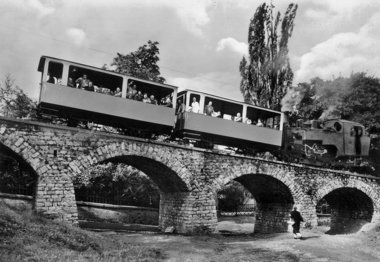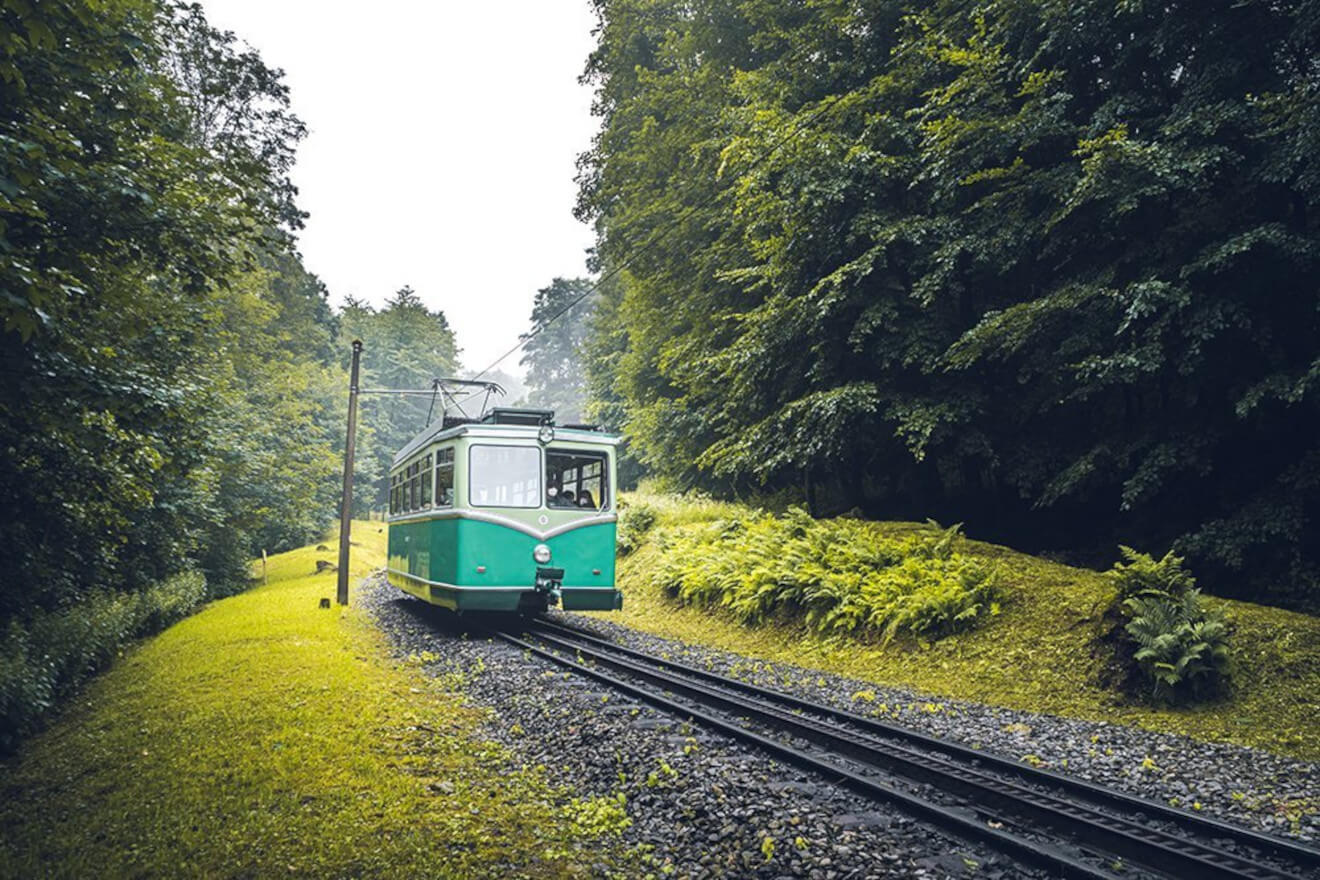Even “old treasures” need emergency logistics

Photos: © Bergbahnen im Siebengebirge AG
The cogwheel railways, which were brought together by Ferdinand Mülhens, owner of “4711 – Echt Kölnisch Wasser”, under the name “Bergbahnen im Siebengebirge AG”, mainly used steam locomotives. In the 1950s, the Drachenfelsbahn began to convert to electric operation. By 1960, four electric railcars had been put into service, completing the replacement of the steam locomotives with electric railcars. In 1979, the current fleet was completed by a 5th railcar of the company’s own construction.
During the turn of the millennium, the railcars were modernised and equipped with the modern safety devices still used today. The expertise for the construction and operation of rack and pinion vehicles is mainly located in Switzerland, because many rack railway operators, but also suppliers and engineers of the supply industry are based there. The Drachenfelsbahn makes use of these competencies and in particular has drive components and the ride safety system maintained and repaired in Switzerland.
At the beginning of this year, a spring-loaded cylinder showed a leak. For the shipment of components such as this spring-loaded cylinder, we trust in the good cooperation with MBS Logistics due to multiple experiences. From the placing of the order to the collection and customs clearance to the delivery, the transports run transparently and quickly. Furthermore, we have used MBS Anytime several times in recent months. The planned overhaul of our electronic vehicle monitoring system is indispensable for the operation of the trains, so that a fast transport to and from Switzerland after the revision of the systems is necessary for an uninterrupted operation of the railcars.
In order to reduce the downtimes of the railcars, we used the time window of our annual vehicle inspections for the revision.

Through close communication with the MBS Anytime team, we always had a full overview of the shipping status of our driving safety systems. This meant that the reinstallation and subsequent integration of the railcar into regular services could be planned and carried out with foresight.
Almost 139 years after its maiden voyage, the mileage of Germany’s oldest rack-and-pinion railway stands at more than three million total kilometres, which should not mark the end for a long time yet.


